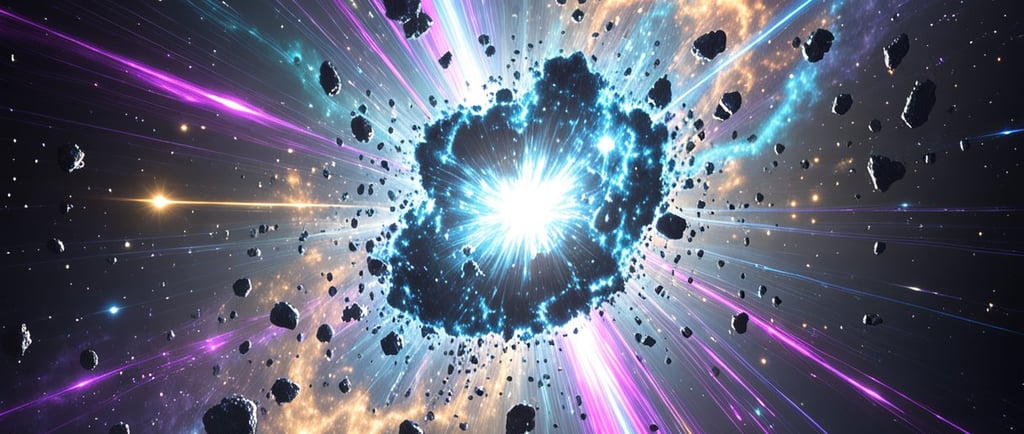The Collision of Neutron Stars: Understanding Kilonova Formation


Introduction to Neutron Star Collisions
In the realm of astrophysics, few events are as captivating as the collision of neutron stars. These extraordinary cosmic occurrences happen when two neutron stars, incredibly dense remnants of supernova explosions, spiral towards each other and ultimately collide. The fusion of such massive entities creates scenarios that are crucial for unraveling the mysteries of the universe.
The Process of a Kilonova
During a neutron star collision, immense gravitational forces cause an explosive event known as a kilonova. A kilonova is significantly brighter than a typical nova, resulting from the rapid synthesis of heavy elements, including gold and platinum. The process begins with the two neutron stars merging, forming a new, highly unstable object. As this object collapses, it ejects vast amounts of matter and energy into space. The ejected material, upon interacting with the surrounding environment, creates a brilliant flash of light that can be observed even from billions of light-years away.
The Significance of Kilonovae in Astrophysics
The study of kilonovae offers profound insights into the fundamental workings of the universe. Each collision of two neutrons serves as a laboratory for testing theories of gravity, nuclear physics, and the creation of heavy elements. The elements produced during these cosmic events contribute to the composition of galaxies and influence the formation of new stars. Furthermore, the observation of kilonovae provides essential data that aids astronomers in understanding cosmic distances and the expansion rate of the universe.
The electromagnetic radiation emitted by a kilonova can be detected across various wavelengths, including gamma rays, X-rays, and optical light. This multi-wavelength observation helps astrophysicists paint a comprehensive picture of the event, allowing them to delve deeper into the intricacies of neutron star collisions. Future observations and studies will likely continue to unravel the mysteries surrounding these magnificent explosions, further enhancing our understanding of cosmic phenomena.
